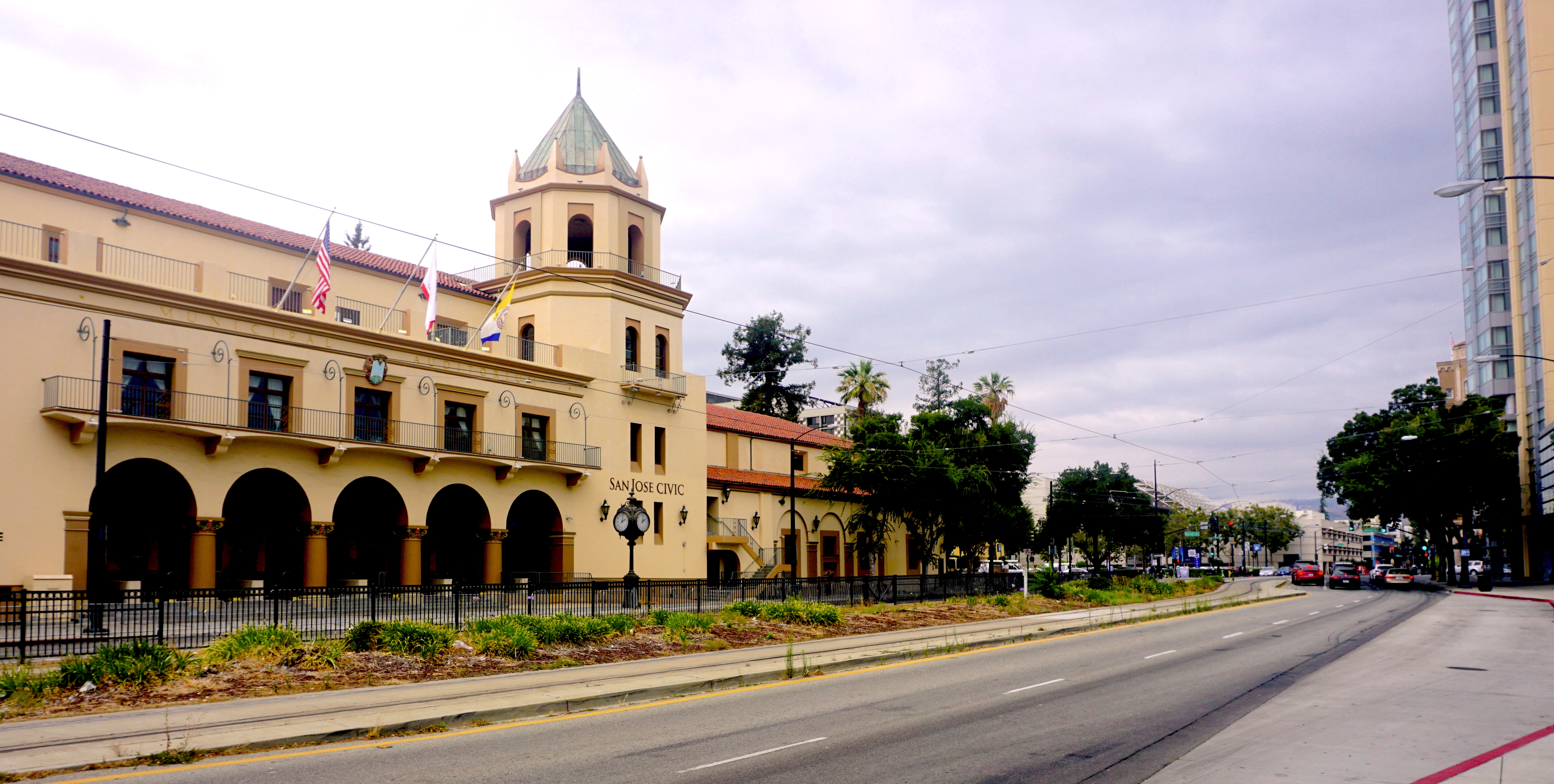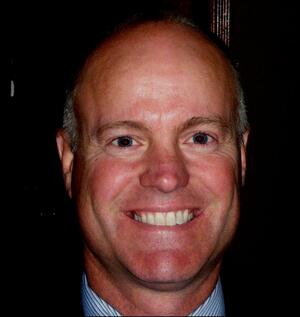Welcome to RUCKUS Networks, part of CommScope's world-leading portfolio of networking solutions. Learn more.
San José’s collaboration with RUCKUS and SmartWAVE Technologies has resulted in a high-speed, connected network infrastructure that serves San José community broadband, San José Mineta International Airport, San José McEnery Convention Center, and the San José East Side Union High School District, providing millions of residents and visitors with high-speed Wi-Fi® annually.
I had the opportunity to speak with Michael Nesbitt, RUCKUS Account Manager, to learn more about this exciting project.
Q: Can you tell us more about San José’s goal of becoming a smart city? What problems was San José trying to solve?
As a city, San José has a mission to provide their residents, businesses and visitors with outstanding services, facilities, and opportunities to create and enhance the community. In order to do this, San José needed to improve digital equity within the community and implement new city services.
The need for digital equity dates back to the 1990s. During this time, parents would volunteer to provide technology assistance for the schools by pulling ethernet cable drops into the classrooms for computer connections. Years later, the city realized that nearly 100,000 of their residents were without access to high-speed and quality Wi-Fi. This prompted the city to launch a digital equity strategy to provide free broadband to their population.
San José was also looking for new ways to broaden their smart city vision into new areas for efficiency, such as smart traffic applications, metering, and community safety. This vision evolved into a network connecting various key areas, including the community, airport, convention center, and school district.
Q: Why was RUCKUS chosen to help San José achieve their goals?
One of the reasons that RUCKUS was chosen to help San José is because one of our pillars in our Smart Cities strategy is that our solutions are easy to deploy and work exceptionally well in challenging environments. This means that cities like San José can implement Wi-Fi without concerns of constant monitoring, reconfiguration, or expensive technical expertise.
RUCKUS also has a track record of successful community Wi-Fi deployment, one example of which is Council Bluffs, Iowa.
Q: What benefits has San José seen because of their partnership with RUCKUS and SmartWAVE?
The most prominent benefit of this partnership is that San José’s Mineta International Airport now boasts the fastest free Wi-Fi in the United States, offering passengers an average download speed of 203 Mbps and an enhanced travel experience.
Additionally, the partnership allowed San José to develop a close partnership with San José’s East Side Union High School District. This unique connection between a city and school district has allowed the city to use funds from the school district but also facilitated the deployment of a network that benefits the entire community.
Lastly, the city fostered a mutually beneficial relationship with both RUCKUS and SmartWAVE. San José can bring their wish list to these partners while RUCKUS and SmartWAVE are able to test new products and technologies that can help other cities that are striving to become smart cities.
Q: How is San José looking to continuously advance as a smart city?
San José aims to advance its network by implementing Internet of Things (IoT) and Artificial Intelligence (AI)/Machine Learning (ML). IoT will provide visibility into areas such as traffic and air quality, while data from AI and ML will allow the city to be proactive in solving issues before they affect the community. For instance, analyzing foot traffic in the airport can help city officials allocate resources to accommodate an increase on travelers and prevent potential issues.
Q: What would you tell other cities that are looking to become smart cities?
One piece of advice is to use platforms with open APIs. Not only does this allow you to easily integrate devices and solutions from multiple vendors to build a best of breed solution, but it allows your data to be unrestricted. Platforms with open APIs allow the data to be connected to other platforms and consolidated into a central repository.
Another piece of advice is to seek partnerships. Given that city resources can be limited, developing partnerships can be extremely beneficial as partners may provide additional information, best practice guidance, and insights into funding sources that can be utilized.
Learn more about the digital transformation of San José.
Additional resources:
Smart cities and community-based Wi-Fi solutions page
© 2023 CommScope, Inc. All rights reserved. CommScope and the CommScope logo are registered trademarks of CommScope and/or its affiliates in the U.S. and other countries. For additional trademark information see https://www.commscope.com/trademarks. Wi-Fi is a trademark of the Wi-Fi Alliance. All product names, trademarks and registered trademarks are property of their respective owners.
Get ahead with RUCKUS Networks!
Sign up for exclusive insights from RUCKUS Networks.








